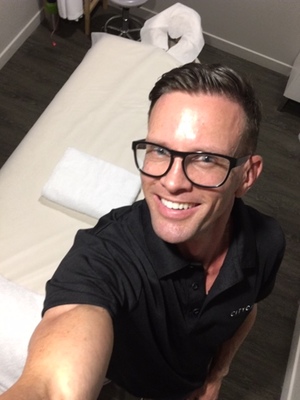
Knee pain is a prevalent condition that affects individuals of all ages. It is important to recognise that knee pain is often not the result of a single injury but can stem from various sources.
Prevalence of Knee Pain
Knee pain is a widespread issue that affects millions of people worldwide. According to studies, approximately 25% of adults experience knee pain at any given time. This pain can occur across all age groups, dispelling the misconception that it solely affects the older people or athletes.
Common Causes of Knee Pain
- Osteoarthritis (OA): The most prevalent cause of knee pain is osteoarthritis, a degenerative joint disease. It occurs when the protective cartilage that cushions the knee joint wears down over time. Age and wear-and-tear are contributing factors to the development of OA. Symptoms include pain, stiffness, swelling, and decreased range of motion.
- Patellofemoral Pain Syndrome (PFPS): PFPS is a common condition characterised by pain around or behind the kneecap. It often occurs due to muscle imbalances, overuse, or incorrect tracking of the kneecap during movement. Symptoms of PFPS include a dull, aching pain that worsens with activity, going up or down stairs, or sitting for prolonged periods.
- IT (Iliotibial) Band Syndrome: IT Band Syndrome causes pain on the outside of the knee and is commonly experienced by runners. It occurs when the Iliotibial band, a thick band of tissue running from the hip to the knee, becomes irritated or inflamed due to repetitive motion. Symptoms include sharp or burning pain during activity.
- Meniscus Tears: Meniscus tears are often the result of sudden trauma or degeneration over time. The meniscus is a C-shaped piece of cartilage that acts as a cushion between the femur and tibia. Symptoms include pain, swelling, stiffness, and difficulty fully straightening the knee. May occur medially or laterally.
Treatment Approaches by Myotherapists
Myotherapists play a crucial role in alleviating knee pain and helping individuals regain function. Treatment approaches are tailored to each individual and may include:
- Physical and Functional Evaluation: A comprehensive assessment allows Myotherapists to identify the underlying causes of knee pain and develop personalised treatment plans. This evaluation involves objective measurements of pain, palpation of the site of pain, range of motion, and functional limitations.
- Exercise Therapy: Myotherapists prescribe specific exercises to improve knee strength, stability, and flexibility. These exercises target the muscles around the knee, helping to alleviate pain and improve joint function.
- Manual Therapy: Manual therapy techniques, such as mobilisation, and soft tissue techniques, dry needling or electro-dry needling are utilised by Myotherapists to reduce pain, restore joint mobility, and enhance tissue healing.
- Education and Self-Management Strategies: Myotherapists educate their clients about proper ergonomics, activity modification, and lifestyle changes to prevent further knee pain. They empower individuals with self-management strategies, including home exercise programs and pain management techniques.
The information contained within this article is general in nature and should not be relied upon or used as a diagnostic resource or tool. Seek medical advice for consultation for diagnosis.
